<< Previous | Displaying results 3226-3250 of 6772 for "" | Next >>
Studio portrait of Jankl Zuckerkandel, taken in The Hague, the Netherlands, in or around 1941. Jankl was killed in Sobibor at the age of three.
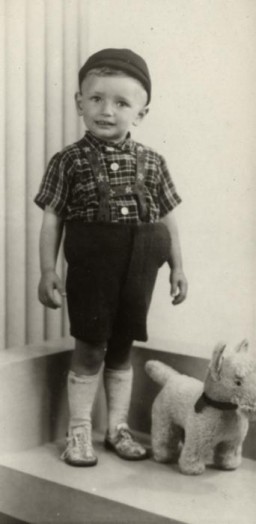
View of the Trawniki training camp showing two barracks and a watch tower. Trawniki, Poland, between 1941 and 1944.
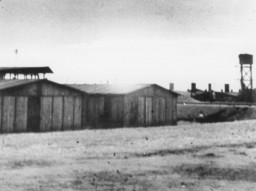
Hinda Eidenberg (center) stands outdoors in a field with her child and her niece. Pictured from right to left are: Sabina Weinstock (Hinda's niece), Hinda Eidenberg, and Hinda's child. Hinda and her child later perished in the Trawniki camp. Photograph taken in Kozienice, Poland, 1940.
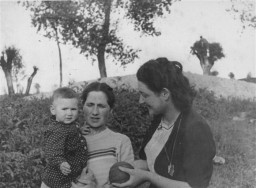
German soldiers force Soviet prisoners of war to construct a rail line. Place uncertain, 1941-1942. This photograph is from an album discovered in a search mission in an abandonend building near Nuremberg by Steven Imburgia while serving with the 633rd Anti-Aircraft Unit.
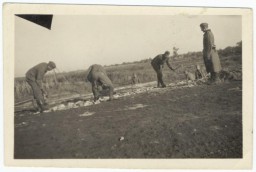
Marcelle Bock (born Marcelle Burakowski) was born in 1931. She was the oldest of three girls. She had twin sisters, two years younger than herself, named Berthe and Jenny. Her father worked as a tailor of men's overcoats. Marcelle is ten years old in this photograph. Her sisters are eight years old. Marcelle, her mother, and sisters were arrested during the roundup of July 16-17, 1942, and taken to the Vélodrome d'Hiver in Paris, France. Marcelle managed to escape during transit from…
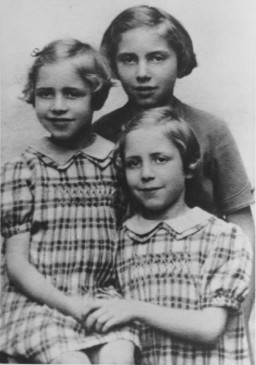
This photo of a Depression-era bread line was taken by Dorothea Lange at the White Angel Jungl...
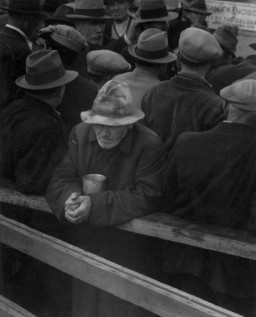
Nazi flags wave above the stadium for the Nazi Party rally grounds in Nuremberg. Architects like Albert Speer constructed monumental edifices in a sterile classical form meant to convey the “enduring grandeur” of the National Socialist movement. Photograph taken in Nuremberg, Germany, between 1934 and 1936.
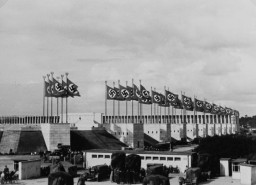
Abraham and his family fled from Berlin to Amsterdam in October 1938. They found refuge in the Netherlands until January 28, 1943, when all the members of the Muhlbaum family, except Abraham, were deported to Westerbork. Abraham escaped over the rooftops during the round-up. He gradually established a new life as a member of a Dutch resistance group that included Joop Westerweel. In 1944, Abraham was arrested as a member of the resistance (his Jewish identity remained hidden). He was held…
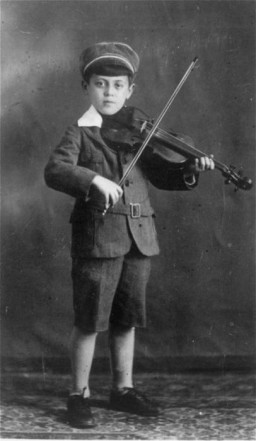
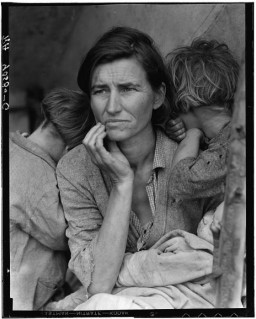
Nazi Germany’s dedicated filming of itself became evidence of its crimes and was displayed at the International Military Tribunal at Nuremberg. Learn more.
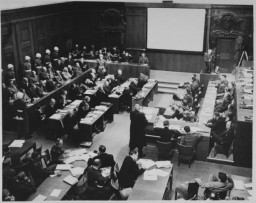
Lawyer Robert Kempner was expelled from Germany in 1935. After WWII, he would return to serve as assistant US chief counsel during the IMT at Nuremberg.
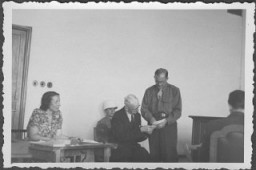
Architect James Ingo Freed designed the United States Holocaust Memorial Museum.
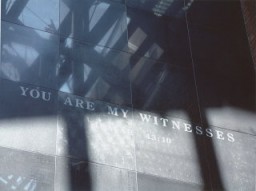
Learn about trends that developed during and immediately after WWI that brought antisemitism, including its racist variant, into the mainstream of European politics.
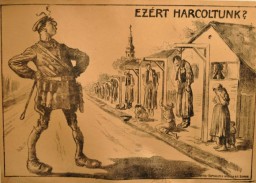
Antisemitism (hatred of Jews) predominated in Nazi ideology. The Nazis built upon centuries of anti-Jewish sentiment. Learn about antisemitism in Nazi ideology.
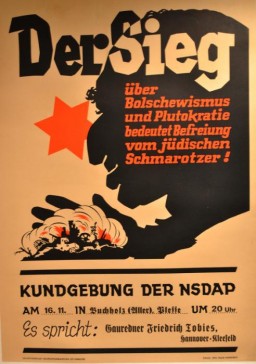
Ernst Toller was one of the best-known German dramatists of the 1920s. He wrote against Nazism, and was among those whose works were burned under the Nazi regime.
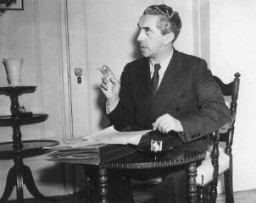
The Nazi book burnings of 1933 sparked responses from anti-Fascist organizations, Jewish groups, and writers in the United States. Learn more.
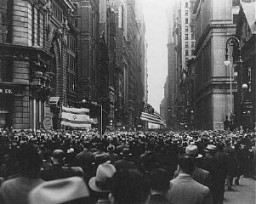
The word antisemitism means prejudice against or hatred of Jews. Sometimes called "the longest hatred," it has persisted in many forms for over 2,000 years. Learn more.
Racial antisemitism is the discriminatory idea that Jews are a separate and inferior race. This type of antisemitism dates back to the late 1800s.
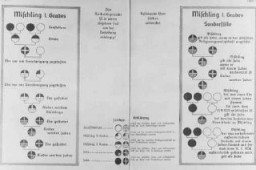
Jews in early modern Europe were subject to various laws, restrictions, and protections. Learn how these policies reinforced antisemitic stereotypes.
Learn how the rise of nationalism in Europe (1800–1918) resulted in new forms of prejudice against Jews based on political, social, and economic considerations.
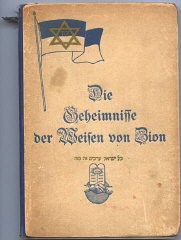
Nazi Germany waged a war of annihilation against the Soviet Union. This included brutally treating Soviet POWs and murdering them on a mass scale. Learn more.

Nazi Germany invaded the Soviet Union in 1941. Learn more about the racial and ideological motivations behind this “war of annihilation.”
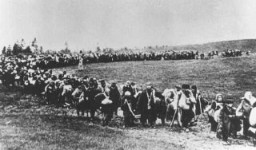
The Nazi treatment of Soviet prisoners of war (POWs) was determined by Nazi ideology. Cruel conditions included starvation, no medical care, and death.
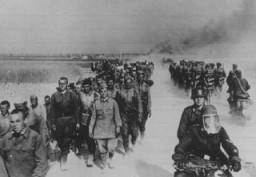
Learn more about the Nazi forced labor and mistreatment of Soviet prisoners of war (POWs) during World War II.

Adolf Hitler repeated the pre-existing claim that Jews used Freemasonry to achieve their political ends. Learn more about the history of Freemasonry.
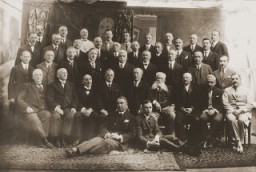
We would like to thank Crown Family Philanthropies, Abe and Ida Cooper Foundation, the Claims Conference, EVZ, and BMF for supporting the ongoing work to create content and resources for the Holocaust Encyclopedia. View the list of donor acknowledgement.